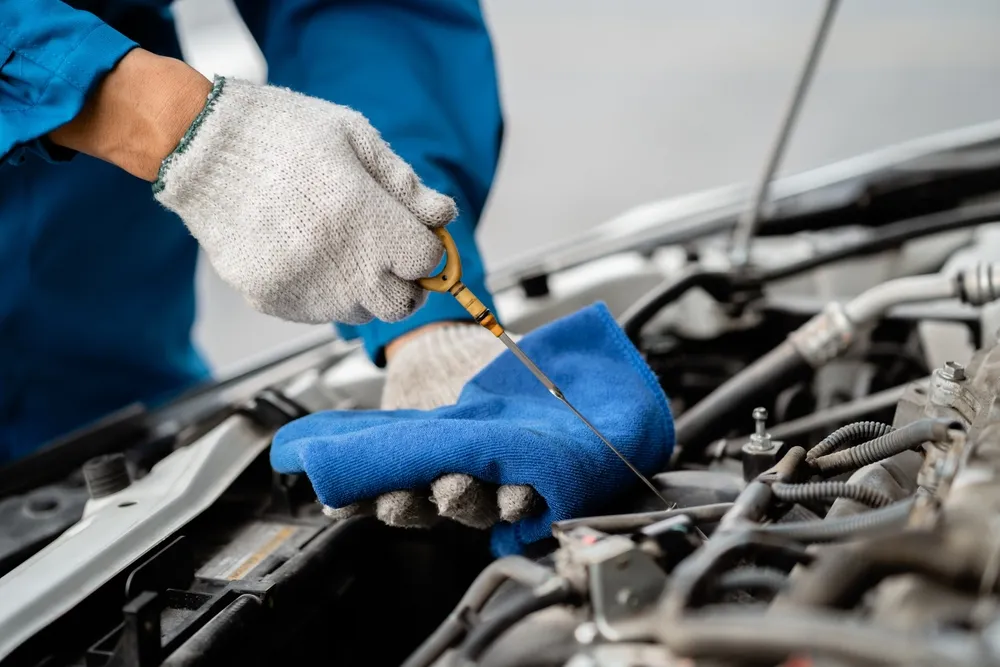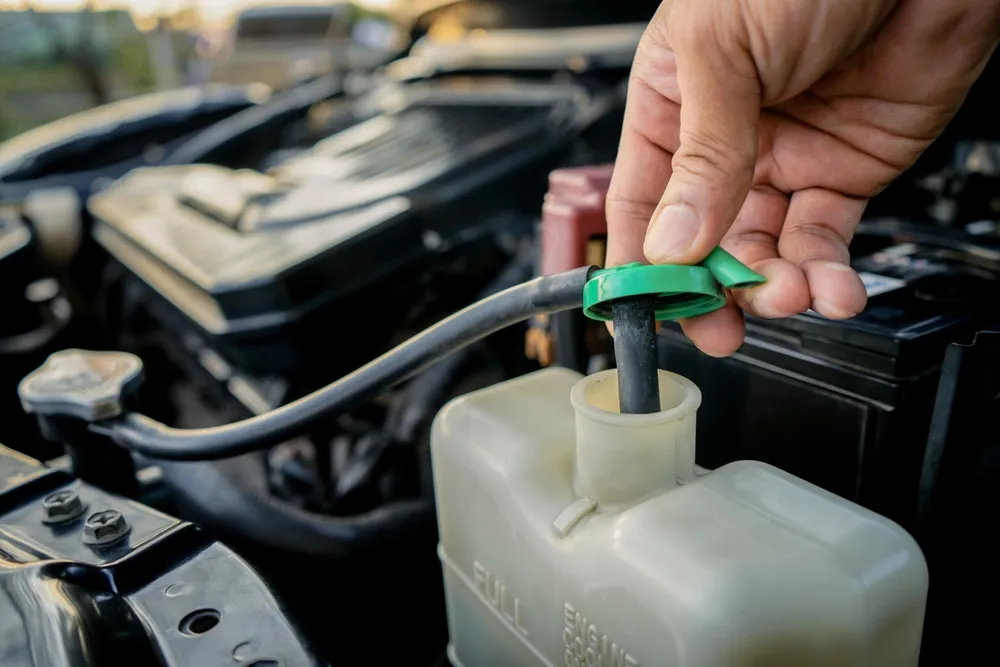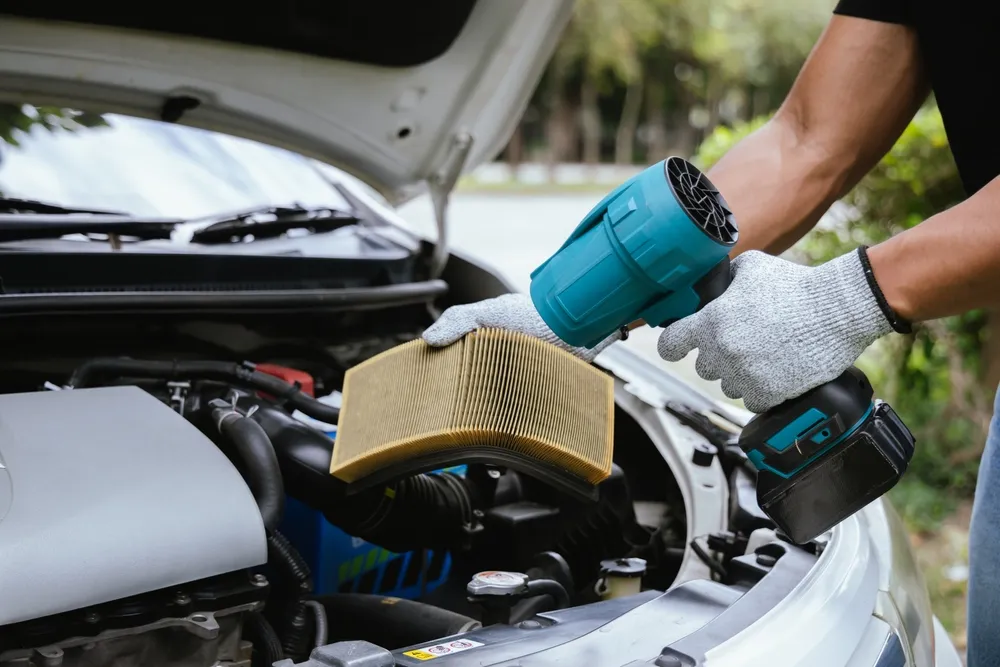
A poorly maintained engine can lead to significant issues over time. From inefficient performance to complete engine breakdown, neglecting maintenance is costly. Each component of the engine plays a critical role, and even minor neglect can snowball into major repairs.
Imagine being stuck on a deserted road due to engine failure. Or worse, facing the stress of an unexpected expense that runs into thousands of dollars. Not to mention the downtime, inconvenience, and lost peace of mind. A neglected engine can lead to overheating, oil sludge, and even irreparable damage, significantly shortening the car’s life.
By investing time in regular maintenance, you can avoid such nightmares. Engine care ensures optimal performance, improves reliability, and keeps repair costs low. This guide breaks down everything you need to know to keep your engine in peak condition for years to come.
Why Engine Maintenance Matters
The engine is the core of your car. It powers every movement, making it the most critical part of the vehicle. Ensuring it runs smoothly is key to avoiding unnecessary costs and maximizing your car’s lifespan.
Neglecting your engine can lead to reduced fuel economy, overheating, or even total engine failure. Maintenance not only minimizes wear and tear but also ensures the engine runs efficiently, delivering better mileage and performance. Moreover, a well-maintained engine reduces emissions, contributing to a cleaner environment.
Taking care of your engine is a proactive step. The costs of regular maintenance are minimal compared to replacing or overhauling an engine. Prioritizing upkeep will save you from breakdowns and costly surprises.
You might also like: Common Car Problems and Quick DIY Fixes
Key Practices for Engine Longevity
1. Regular Oil Changes

Oil acts as the lifeblood of your engine. It reduces friction, lubricates moving parts, and helps in cooling. Old or dirty oil loses its efficiency, leading to increased wear and tear.
How to Check Oil Levels:
- Park the car on a level surface.
- Let the engine cool down.
- Pull out the dipstick, wipe it clean, reinsert it, and check the level.
Why It Matters:
Clean oil prevents engine parts from grinding against each other. Over time, contaminants can mix with oil, forming sludge. This reduces efficiency and can clog vital components.
| Oil Change Frequency Based on Conditions | Normal Driving | Severe Conditions |
| Interval | Every 7,500 km | Every 5,000 km |
| Models | Long highway trips | Stop-and-go traffic, towing |
Using high-quality synthetic oil improves performance and extends intervals between changes. If your car experiences heavy use, more frequent oil changes may be necessary.
2. Monitor Coolant Levels

The coolant, or antifreeze, regulates engine temperature. Without it, your engine could overheat, causing severe damage to internal parts like pistons and the cylinder head.
Steps to Monitor Coolant:
- Always check when the engine is cold to avoid burns.
- Open the reservoir cap and visually inspect the level.
- Use the manufacturer-recommended coolant type for the best results.
| Coolant Maintenance Schedule | Frequency | Action |
| Inspect coolant level | Monthly | Top off if necessary |
| Flush system | Every 2 years or 30,000 km | Prevent buildup |
Modern vehicles have advanced systems to maintain optimal temperature. However, regular checks prevent problems like leaks or malfunctioning radiators.
3. Replace Air Filters Regularly

Engines require clean air for combustion. A clogged air filter restricts airflow, resulting in inefficient combustion, reduced power, and increased emissions.
How to Identify a Dirty Air Filter:
- Visually inspect the filter for dirt and debris.
- Notice sluggish acceleration or reduced fuel efficiency.
| Driving Conditions | Replacement Interval |
| Clean highways | Every 15,000 km or annually |
| Dusty environments | Every 10,000 km |
Replacing air filters ensures smooth airflow, improves fuel economy, and enhances overall performance. It’s an inexpensive way to maintain engine health.
4. Inspect Belts and Hoses
Belts and hoses are often overlooked but are critical for engine functionality. Belts power essential components like the alternator, water pump, and air conditioning. Hoses carry coolant and other fluids.
Signs of Wear and Tear:
- Cracks, fraying, or looseness in belts.
- Visible leaks or soft spots in hoses.
| Component | Recommended Check Interval | Action |
| Drive belts | Every 6 months | Replace if damaged or loose |
| Radiator hoses | At every oil change | Tighten or replace as needed |
Ignoring worn belts and hoses can lead to sudden breakdowns. Replacing them during routine checks avoids emergencies.
5. Use High-Quality Fuel
Low-quality fuel can leave carbon deposits inside the engine, affecting efficiency. Choosing premium-grade fuel or one with cleaning additives keeps your engine free from buildup.
Tips for Fuel Use:
- Always follow the octane rating recommended in your car’s manual.
- Use fuel additives periodically to clean injectors and enhance performance.
Common Engine Issues and Solutions
| Issue | Cause | Solution |
| Overheating | Low coolant, thermostat failure | Check coolant levels, replace thermostat if needed |
| Engine misfires | Check coolant levels, and replace thermostat if needed | Replace spark plugs, inspect ignition coil |
| Oil leaks | Damaged gasket or seals | Replace faulty components |
Understanding these common issues helps you stay proactive and avoid severe engine problems.
DIY Maintenance vs. Professional Assistance
Some maintenance tasks are simple and can be done at home, while others require specialized tools and expertise.
What You Can Do Yourself
- Check and top off fluids like oil and coolant.
- Replace air filters.
- Monitor warning lights and address them promptly.
When to Visit a Mechanic
- Unusual sounds or vibrations from the engine.
- Persistent overheating despite coolant top-ups.
- Timing belt replacements, which require precision and expertise.
Point Of Learning: Managing Engine Temperature
Why Temperature Management is Vital?
Engines operate efficiently within a specific range, typically between 195°F and 220°F. Running too hot or cold can affect performance and longevity.
How to Maintain Optimal Temperature?
- Ensure the radiator is functioning correctly.
- Use a 50:50 coolant-to-water mix for best results.
- Flush the cooling system periodically to prevent buildup.
Engine Temperature Impact on Efficiency
Maintaining Engine Efficiency
Understanding the impact of temperature on your engine’s efficiency is crucial for ensuring its longevity and performance. Below is a graph that illustrates the relationship between engine temperature and efficiency:
As seen in the graph, maintaining your engine within the optimal temperature range ensures peak efficiency. Make sure to check your coolant levels regularly and address any overheating issues promptly.
Tips for Long-Lasting Engine Health
- Drive gently, avoiding sudden acceleration or braking.
- Use the recommended grade of oil and fuel.
- Keep your engine bay clean to prevent dirt buildup.
- Follow a strict maintenance schedule to address small issues before they escalate.
Conclusion
Engine maintenance is a small investment for long-term peace of mind. By staying proactive, you’ll enjoy better performance, fewer repairs, and a longer vehicle lifespan. Start implementing these tips today for a healthier, more reliable engine.
What’s your go-to maintenance routine? Share your insights and experiences in the comments below!




